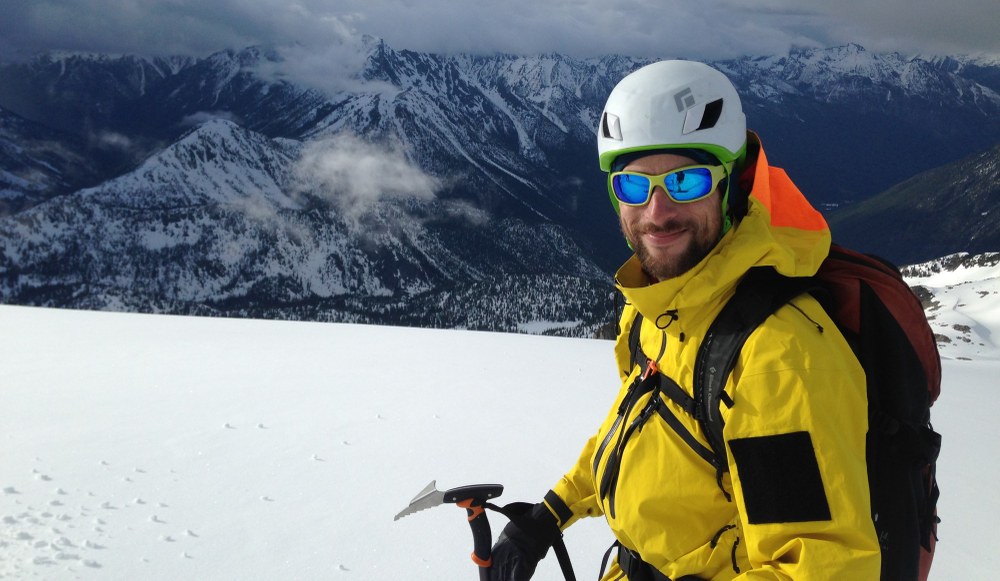
With the awesome weather and sunny days we've had lately, it’s hard to think anyone would go outside without a pair of sunglasses handy. But on cloudier days or early morning alpine-starts, it's easy to forget shades in your car or tent. Sunglasses aren’t usually at the forefront of your mind at 2am when the wind's howling and you're trying to buckle your crampons. However, forgetting this vital bit of gear can be as bad as forgetting your ice axe on a glacier or your cams on a rock wall.
Forget Me Not
For a team from Bellingham, this was a deciding factor in an already tough trip. The team’s objective was Mt. Chaval, a relatively obscure neighbor of the better known Snowking Mountain, near Darrington. After battling through brush, trees, and a seemingly endless wall of wild roses and Devil’s club, the group made it to their camp at the saddle above Jug Lake.
The team rose early the next morning and started to traverse to the snow slopes at the base of Chaval. As the sun began peeking over the horizon, one climber came to an unfortunate realization: I have no sunglasses. The sunnies were back at camp. Weather called for a bright, sunny day, and with several hours of snow travel still ahead, the team wisely decided to call off the summit attempt and head back.
Lessons Learned
Bright sunny days with lots of snow travel is exactly the kind of scenario you want to avoid if you don’t have good sun protection. The sun’s rays hit you from above; then, they bounce off the snow and hit you from underneath. That's why you should always put sunscreen up your nose.
Don’t let cloudy days fool you—they can be just as bad for sun effects. The clouds disperse the sun’s rays and they bounce at you from every angle, including off the snow. I have seen numerous people who have sunburnt the insides of their nostrils or the roofs of their mouths. Personally, I have even slightly burnt my gums on one trip.
The best protection from getting burnt is a Buff or other neck-scarf to cover up your face and nose. These stretchy cloth tubes are lightweight, barely take up any room in your pack, have multiple uses, and have become an invaluable piece of gear in my personal kit. You also need to have good coverage on your sunglasses. Make sure you do not have a large gap between your cheeks and the bottom rim of the frame. You should also have sunglasses that wrap around your face and have good coverage on the sides. Most importantly, you should choose lenses that provide protection from both UVA and UVB rays. Polarized lenses are nice and will help reduce glare. Lastly, a good wide-brimmed baseball-style hat helps provide a little extra shade.
Proper eye protection is the key to avoiding snow blindness. Snow blindness is basically a sunburn on your eyes, specifically your corneas. Symptoms include pain, redness, swelling, sensitivity to light, and in severe cases temporary vision loss. The term “snow blindness” has also been used in reference to the freezing of the cornea surface or severe dryness. This is often the after-effect of skiing, snowmobiling, or traveling in extremely windy, cold, and snowy conditions without eye protection. While this is a different type of injury, it has a similar debilitating effect and can ruin a trip. And like snow blindness caused by the sun, it can be easily prevented.
 James Pierson
James Pierson